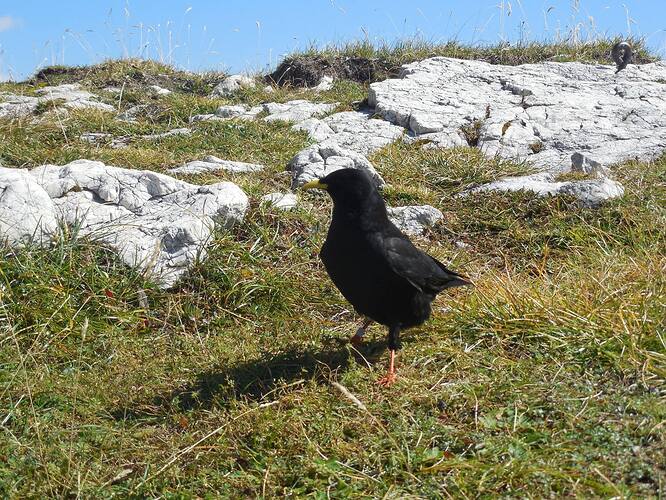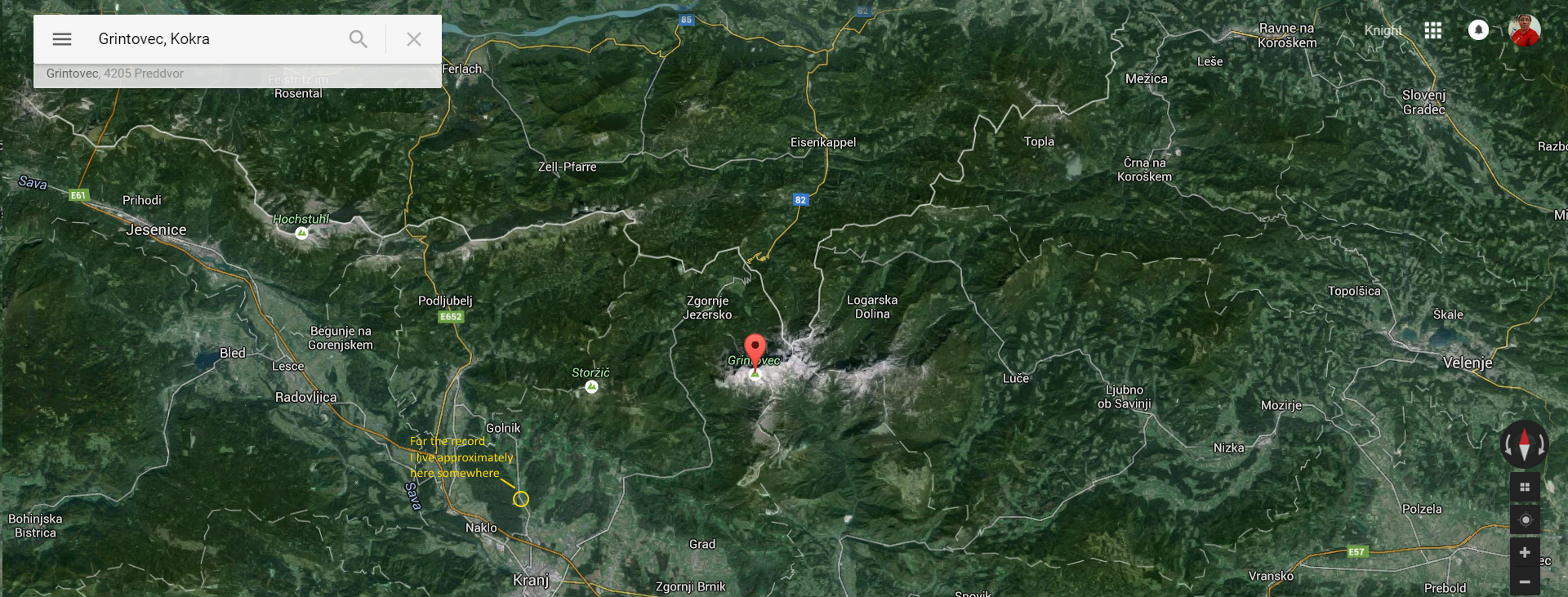Trying to cover various things with one quote!! I agree about the fish!!
I did think that lists of names maybe should be in a separate topic as it is going to get long and ‘what’s outside’ is already pretty long and full of lovely pics. A newcomer is going to have to read a lot, lot, lot to even find the lists!! The lists could have links to pics from this thread. I wouldn’t know how to set up links, but I’m sure @tatjana would!!!
Hope this comment is helpful!! Oh, and we’d need to have someone keeping it tidy. I mean, if there is something with no known name in Cymraeg, and someone like @garethrking knows it, it needs to just go into the list. not into conversation about it!! I’m thinking that chat like me asking about ‘sewin’ will not be needed, because the lists will cover that sort of question. No? Yes?
Well, I could put links, no problem, but would need some help with which name, category or whatever you want to be linked to to link with which picture.
Chough (y frân goesgoch) (latin Corvus monedula)
Interestingly enough we also say to this bird “kavka” or “vran” (v read as Cymraeg f)
The picture is not mine but that of my cousin’s partner Simona Mlakar, shot yesterday when they wandered our mountains on “Cojzova koča” (Zois mountain cottage) located in the area of “Grintovec” mountain and “Kalška gora” (Slovenia)
I’ve got her permition to publish it here before publishing. I can’t link to the picture on FB though as she doen’t share this album publicly.
Nice picture. Is it OK to add a link to my list?
Does anyone know if the ‘y’ is actually part of the name? The Documentary showed ‘y frân goesgoch’ as mapping to ‘the chough’ so, I listed it as ‘brân goesgoch’ (red legged crow).
Of course.
All that your have written are things i have been trying to form an answer about.
One thing for sure is that the new year will be a new year and i hope to do all the last years stuff, again and better. So hopefully the same creaduriaid will appear again along with new species so the thread stays current with a whole lot of history for those who wish to look through it.
I am sure you can (angel bach techno) but i wouldn’t want to take up to much of your time from doing lessons.!
It is 'Bran goesgoch ’ in my book so quite right, Tatjana was correct to write ‘y fran goeschoch’ (treiglo - mutation).
Cheers J.P.
Now, i have a wish to get more sea/coastal bird images, and today i was out with a bird group on the coast but though we had a great day most coast feeding birds were just to distant to photograph usefully, (they looked great through a telescope). so i’m afraid the only usable photo (bird) is here.
Creyr bach sydd yn hedfan. - Little egret in flight. (many coastal birds have great underwing patterns, getting images of these is going to be another ongoing challenge).
But the day had a surprise and what an amazing one at that when i noticed something odd in grassland.
Wasp spider - Copyn picwnen. (it does not have a welsh name so i made that up).
This is not a native species but seems to have appeared a few years ago in Britain, Records seem to be sporadic and random so how well is it established would be an open question (will try to find out if it has been seen in Wales).
Wasp spider underside.
Edit: There appears to be one record for this species in south Wales (source NBN gateway).
Cheers J.P.
Sorry to be picky, but it’s a shame it’s legs look black!!
You are doing it again to us arachnophobes!!! ![]()
Fethers are black, yes, gut legs itselves are red (if I see correctly)
I’ve played with Latin name and if I put Corvus into Google translate and translate it to English I get “Raven” but monedula just doesn’t translate into anything. If I translate Slovenian term for this bird “kavka” I get as I’ve written and if I translate English “raven” I get “krokar”. Well I believe the term I’ve written is still the best though.  but of course correction can be made. I’m not an expert on this field.
but of course correction can be made. I’m not an expert on this field.
If a bird would be something like “computer reptile” I’d maybe know. - hehe 
Bran refers to the crow family. Ravens are different, bigger and rarer, I think… but who am I to say, I am no expert!!! Help please @ramblingjohn !!!
They look red to me too. ![]()
Ravens and crows are in the same family. Ravens are a bit bigger and have a deeper call
Take heart in the fact you are not the only person to ask for a warning sign on copyn, but this was just too good to not report.
They look red to me as well and i think i notice it has rings on the far leg.
More curious to me was the beak (pig) colour, yellow!
A little investigation informs me this is an Alpine chough so sub species of the European chough.
Once again i have learnt from this thread so thanks folks, mae’n diddorol iawn .
Cheers J.P.
I noticed the same as the ones in the documentary had red beaks.
And it was shot in Alps so yup, very well is (I believe)
I’m sorry about the legs which still look black on my screen!! Clearly a little local problem!! However, I was so taken up by them, I didn’t notice the beak!! It just sort of went round my brain that ‘it doesn’t look quite like our choughs!’ Thanks to all for explaining it’s Alpine nature!! (About as unlike Gower as you can get!!!) 
[quote=“henddraig, post:677, topic:971”]
I’m sorry about the legs which still look black on my screen!![/quote]
I thought that too, because I saw the bit of black feather going down the top of the leg. But then I looked down below that and saw the actual (scrawny) leg and foot. Kind of orange on my monitor, but definitely not black.
What can be found on honeysuckle now. - Beth bydd yn dod o hyd ar Bwyddfid rwan.
Lindys o Ermin llwydfelyn - Buff ermine caterpillar (i think, but am not quite certain, there are quite a few similar).
This was on the same plant but i’m sure i don’t know for now what it is , it’s smaller than the above caterpillar so maybe an earlier instar* of that but could be something completely different.
*Instar; One stage in a caterpillars growth, they shed their skin several times while growing so each is an instar, expanding into a new larger skin that may look very different.
Cheers J.P.
Diolch yn fawr, Sionned, and mae ddrwg gen i @tatjana, I looked with a magnifying glass and your hint, and there was the leg, which I’d seen as a bit of grass!!

